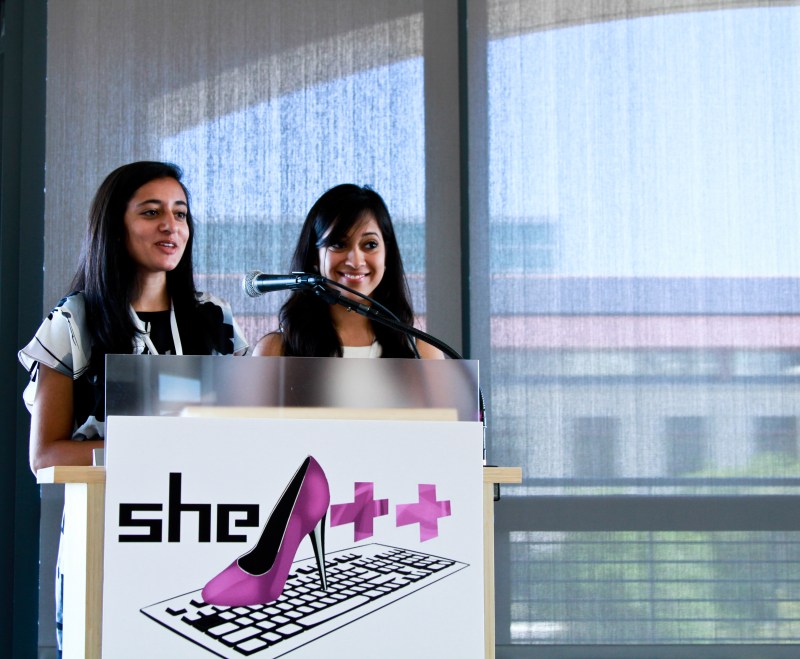The kind of femininity that Stanford University accepts and encourages is very masculine.
Admittedly, this is a meaningless statement, at least at a first glance: Aren’t femininity and masculinity polar opposites? Let me define what I mean. Femininity and masculinity are the traits and behaviors society expects of women and men, respectively. Historically, a significant part of femininity (when performed by women) is the ability to gracefully inhabit male-dominated spaces without reducing the perceived masculinity of that space. The waitress in the biker bar, the secretary in the executive suite, the slave girl in the emperor’s court; they all exist within a male-dominated space in order to serve and increase the perceived masculinity of that space.
Lately, however, a certain type of femininity has evolved, one that tries to increase the perceived masculinity of a space (or at least not detract from it) not by serving the masculine, but by emulating it. Case in point: Stanford University and the women in the math, computer science and engineering departments (and women in tech in general).
There’s been significant brouhaha over the past few years about the gender disparity in the tech fields and encouraging women to go into stem. There is much discussion about making the field more friendly to women; about reducing harassment, about equal pay, about glass ceilings and female managers. The goal of all this noise seems to be that women should be allowed to do whatever a man should do and that they should gain the same respect and prestige and perceptions that a man would gain doing that same thing. When successful, these women are rewarded by becoming “one of the guys.” This is a raise in status; they are now perceived as equal to men and receive the respect and prestige that men would give their own.
Within this context, then, the perception of “correct femininity” is that women are successful and respected in male spaces only when they are indistinguishable from men and so do not detract from the masculinity of the space. And this is very true within Stanford’s own STEM departments. There are, of course, the endless “women in STEM” mixers and the repeated panels about women in CS and the inspiring lectures by pioneering women in STEM, but the goal of all of this is to convince men that women can succeed in these spaces without diminishing their masculinity, and to convince women that it is okay for them to take on these traditionally masculine spaces and that it is possible to carve a space within these spaces that men will accept.
But, of course, this feminine/masculine dichotomy is merely a social construct. It does not physically exist, but its social and political power definitely does and that power insists that everything falls under either the feminine umbrella or the masculine one. In assuming an axis, with femininity on one end and masculinity on the other and linear motion from the feminine pole to the masculine pole coinciding with increase in status and prestige, I end up reiterating that social construct. Encouraging women to enter male-dominated fields because they are higher-earning, bestow higher status and allow women to be “one of the guys” reiterates that social construct. What, then, is to be done?
There are two issues here:
- How do women enter into and succeed in male-dominated fields without having to reaffirm the masculinity of those fields?
- How do we as a society break the feminine/masculine dichotomy in such a way that this article won’t need to be written?
Obviously, I do not have the answer. Ph.D. theses have been written on this topic, and not by me. But societal issues on this scale are not solved by academics; they are solved when many individuals decide to buck the system and ignore societal norms. And that only happens when individuals decide that this is an issue worth thinking about, and then talking about.
Contact Dabiyyah Agbere at bagbere ‘at’ stanford.edu.
